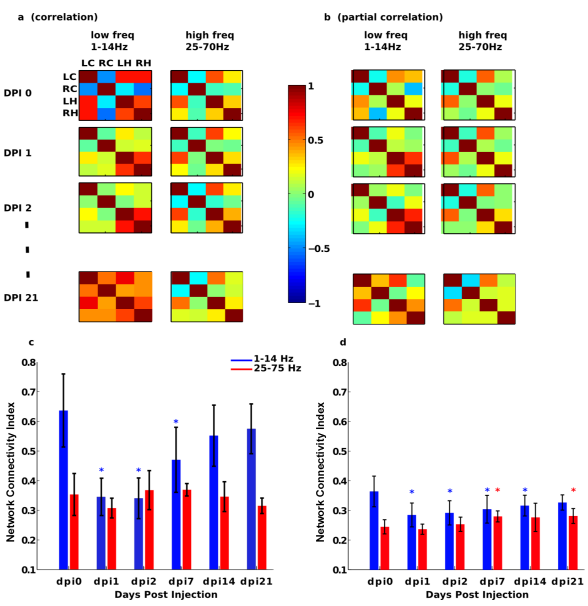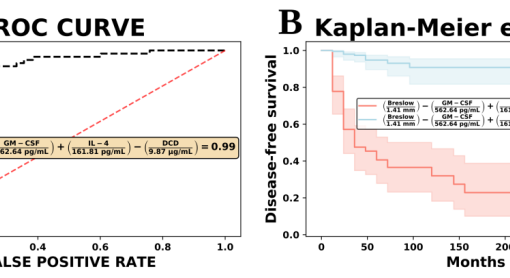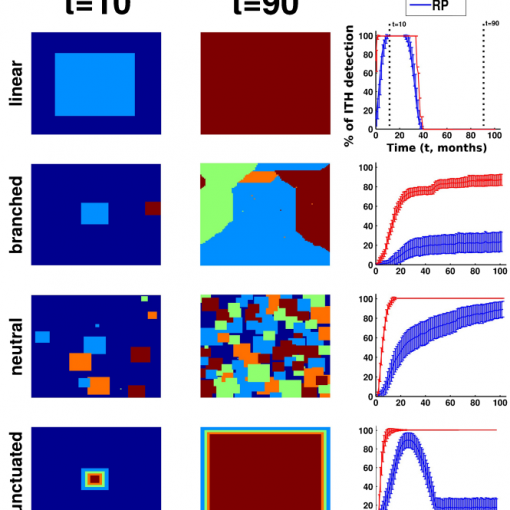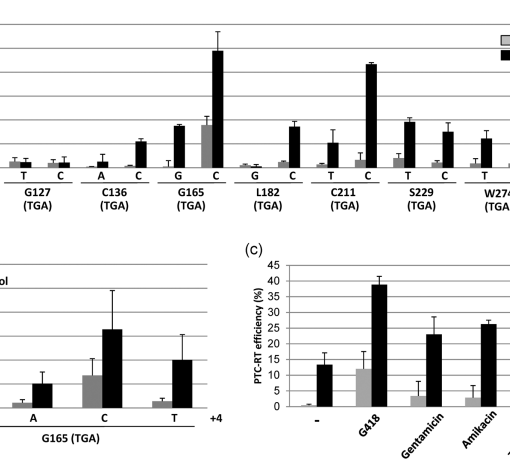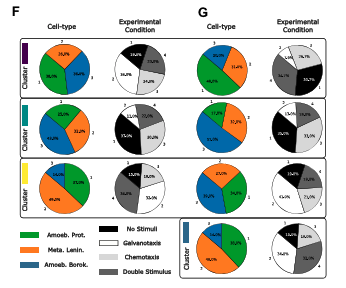A. Erramuzpe, J. M. Encinas, A. Sierra, M. Maletic-Savatic, A.L. Brewster, Anne E. Anderson, S. Stramaglia, Jesus M. Cortes. F1000Research 4:144 , 2015 [pdf]
Brain Functional Connectivity (FC) quantifies statistical dependencies between areas of the brain. FC has been widely used to address altered function of brain circuits in control conditions compared to different pathological states, including epilepsy, a major neurological disorder. However, FC also has the as yet unexplored potential to help us understand the pathological transformation of the brain circuitry. Our hypothesis is that FC can differentiate global brain interactions across a time-scale of days. To this end, we present a case report study based on a mouse model for epilepsy and analyze longitudinal intracranial electroencephalography data of epilepsy to calculate FC across three stages: 1, the initial insult (status epilepticus); 2, the latent period, when epileptogenic networks emerge; and 3, chronic epilepsy, when unprovoked seizures occur as spontaneous events. We found that the overall network FC at low frequency bands decreased immediately after status epilepticus was provoked, and increased monotonously later on during the latent period. Overall, our results demonstrate the capacity of FC to address longitudinal variations of brain connectivity across the establishment of pathological states.
